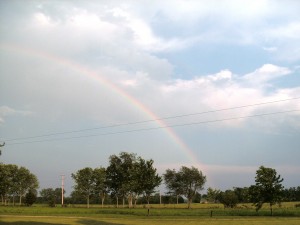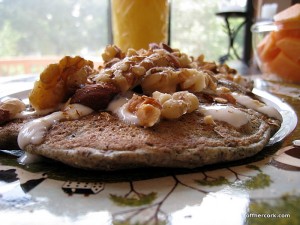Today is the Ohio Blogging Association's All State Blog Swap where bloggers from all around the state are swapping posts. My guest is Danielle from Find Time for Fun...in Northeast Ohio, a great resource for parents looking for fun family activities in the Cleveland area. Visit Poise in Parma today to read the rest of the All State Blog Swap posts and check out my post about how to Find Time for Fun in Columbus. Summer is right around the corner, and for many families the break from school combined with the warm weather and additional daylight hours provides a great opportunity for family outings.
As you look forward to the upcoming months, here are 6 tips for planning summertime fun.
Get out and Enjoy Nature
Because of the warm weather summertime lends itself to outdoor activities, and there are many ways to enjoy the great outdoors.
- Hike the trails at an area Metropark
- Grab a kite and head out to your backyard or neighborhood playground
- Join a sporting league (Baseball, Soccer, Running Club etc.)
- Participate in a nature based educational events offered by area Nature Centers
- Spend the afternoon at a dog park
- Get a GPS device or a GPS enabled mobile phone, and go Geocaching
Explore Local Farmer’s Markets
Support local farmers and purchase high quality locally grown foods at area farmers markets. One of my favorite aspects of farmer’s markets is getting to talk directly with the farmers. They are often passionate about their profession and are always extremely helpful. Bring along your children so they can learn about various fruits and vegetables too.
Visit Summer Festivals
On any given summer weekend there are typically a half dozen or more different festivals taking place. With themes ranging from Hot Air Balloons, Strawberries, Duct Tape, Music and Ethnic Cuisine, there is sure to be something for everyone.
Festivals can also be an affordable option as many are free to the public. Find out details on upcoming Ohio Festivals here.
Beat the Heat at area Spraygrounds and Swimming Pools
Don’t spend the hot summer days indoors with the air conditioner on full blast! Instead find an area swimming pool or sprayground. Many offer one day admittance, but if you plan to visit often, save money by purchasing a season pass.
Be prepared with Snacks and Beverages
It’s inevitable that someone will get hungry during your outing, so be sure to pack some snack items like granola bars, fruit, or trail mix. Having healthy snack options readily available can provide a pick me up when it is most needed.
In addition, I always recommend bringing along drinks, and it is especially important to do so during the hot summer months. Invest in some insulated reusable bottles or thermoses for your drinks. They will stay colder longer and can be easily refilled during the outing.
Dress for the Weather and Don’t Forget the Sunscreen
Always remember to check the weather forecast before heading out. Use the forecast and these considerations when deciding what to wear.
- Will there be a lot of walking? If so, wear comfortable shoes. You may even consider bringing along a second pair of socks. Changing into a fresh pair halfway through the outing makes a big difference.
- Does the activity involve water, or is there a chance you’ll get dirty? If so, pack a change of clothes and shoes for the drive home.
- Will you be exposed to the sun for a prolonged period of time? If so, consider bringing along some sunglasses or a hat to shield your eyes. Always apply sunblock before leaving home and bring along the bottle so you can reapply throughout the day.
- Will you be out after the sun goes down? If so, you may want to bring a light jacket to keep warm as the temperature drops.
As you look toward the summer months, I hope these ideas help you plan your family outings. Summer truly is a great time to be with family and friends, and I hope you make fun outings a priority in your schedule. I promise that you’ll be thankful you did.
Do you have any other suggestions for planning memorable summertime activities?





